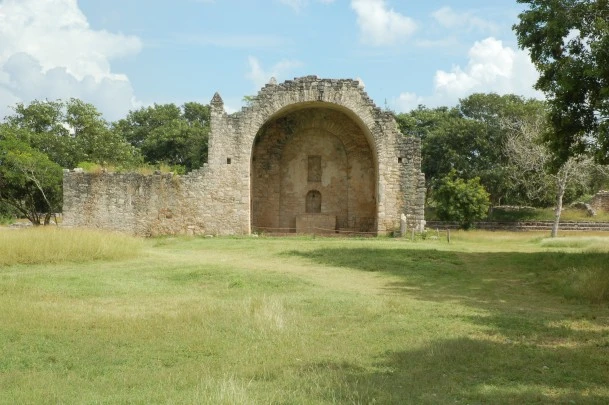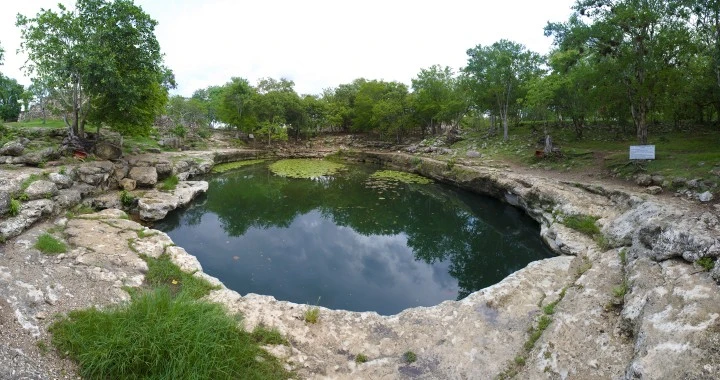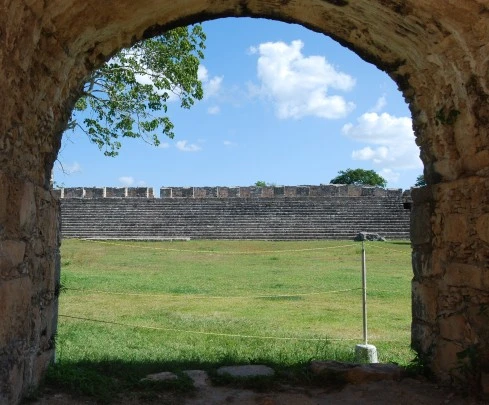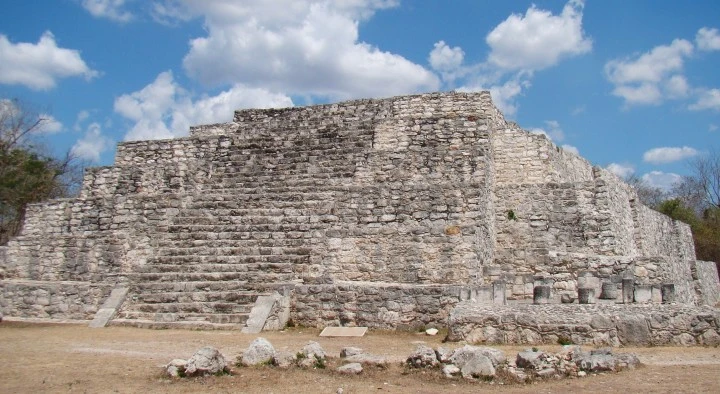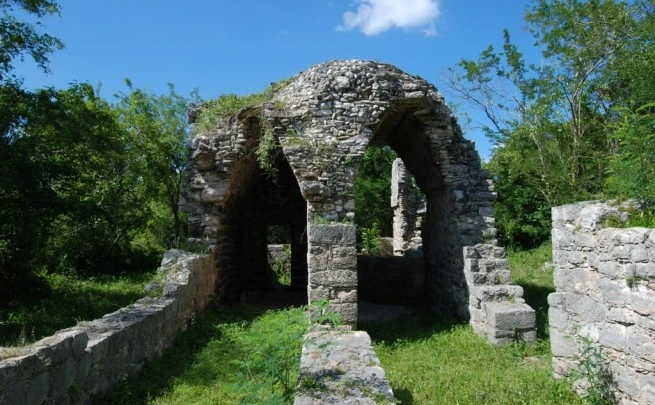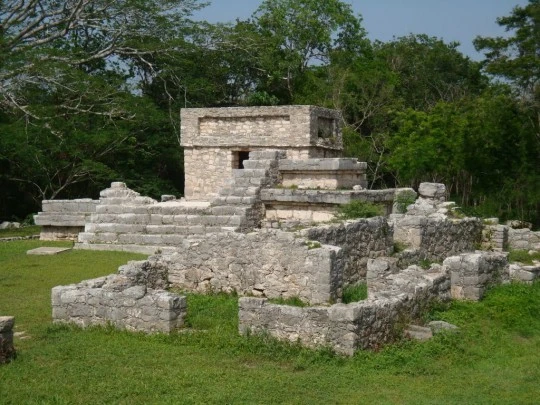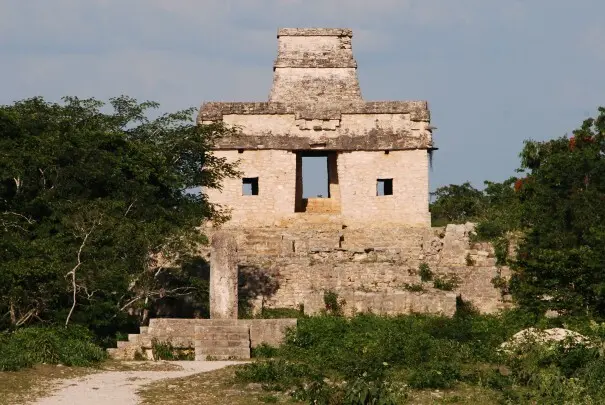
Dzibilchaltún Archaeological Site
Yucatán
Temporarily closed
Dzibilchaltún, an ancient Mayan archaeological site located in the Yucatán Peninsula, is a testament to the rich history and cultural heritage of the region. Covering an area of over 5.5 miles2 (19 Km2), Dzibilchaltún is home to remnants of various pre-Hispanic settlements spanning different epochs.
One of the site’s most notable features is the Temple of the Seven Dolls, named for seven human figurines discovered during excavations in the 1950s. During the spring and fall equinoxes, the rising sun aligns perfectly with these doorways, casting a brilliant beam of light through the temple, an event believed to signal the start of the planting or harvesting season—a testament to the astronomical knowledge and architectural prowess of the ancient Maya.
With its proximity to the Maya Train, Dzibilchaltún offers an unparalleled opportunity for travelers to immerse themselves in the ancient Maya civilization and explore its architectural marvels.
Near Station
Meaning
Inscription on flat stones
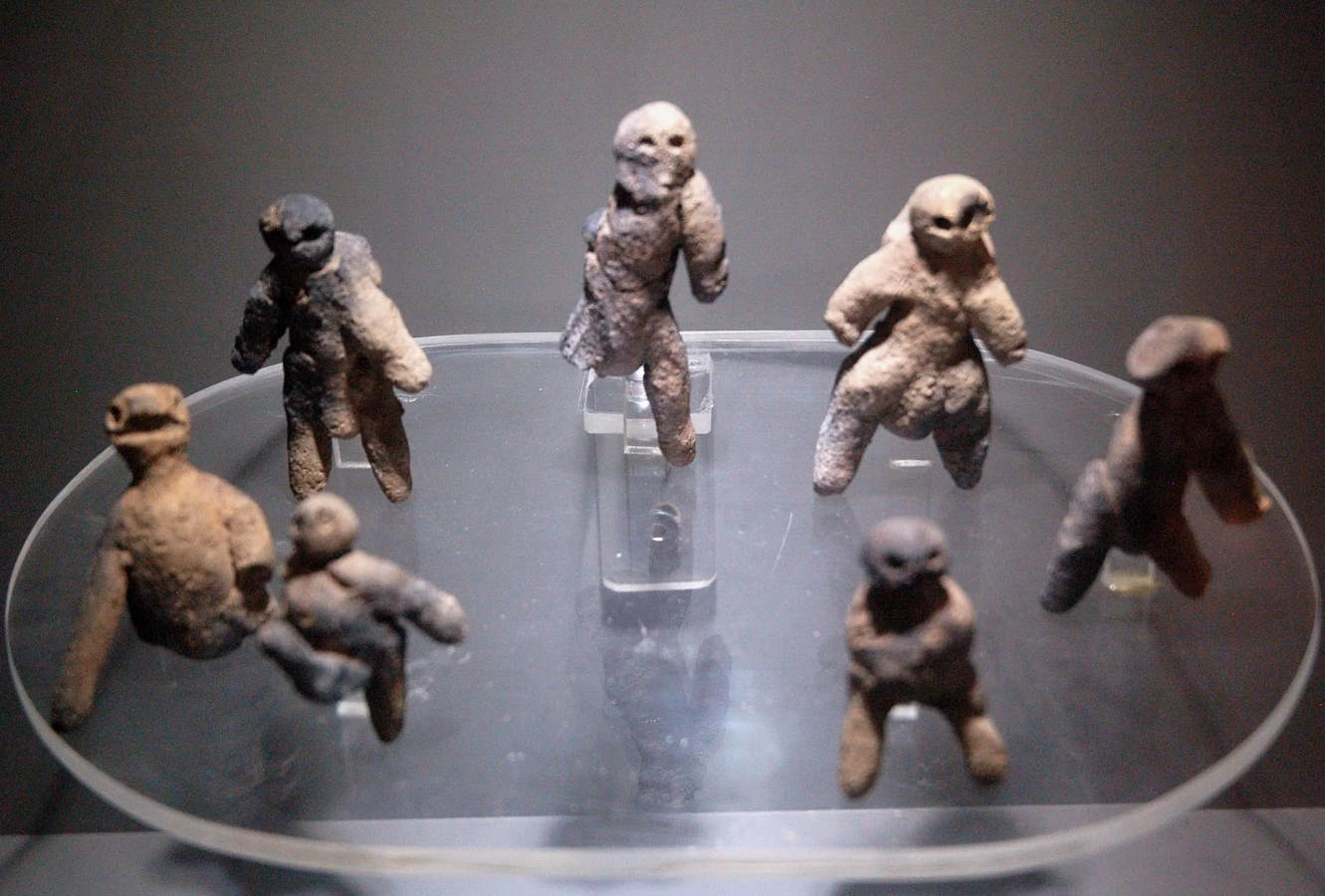
Schedule:
Tuesday to Sunday from 8:00 am to 17:00 hrs.
Admission:
$95.00 MXN (Mexican Pesos)
Chronology:
600 B.C. – 1100 A.D. | Classic Terminal to Early Postclassic
Peak:
850 B.C. – 1100 A.D. | Late Classic
Where is the Dzibilchaltún Archaeological Site Located?
Dzibilchaltún is located approximately 10 miles (16 Km) north of the city of Mérida, and it is also about 31 miles (50 Km) east of the coastal city of Progreso.
Important:
- Fee for professional cameras
- INAPAM discount (for seniors)
- Discount for students and teachers
- Free admission on Sundays (Mexicans)
- Free entry for children under 13 years old
- No smoking, food and pets allowed
The phenomenon of light and shadow during the spring and autumn equinoxes was rediscovered around 1985.

